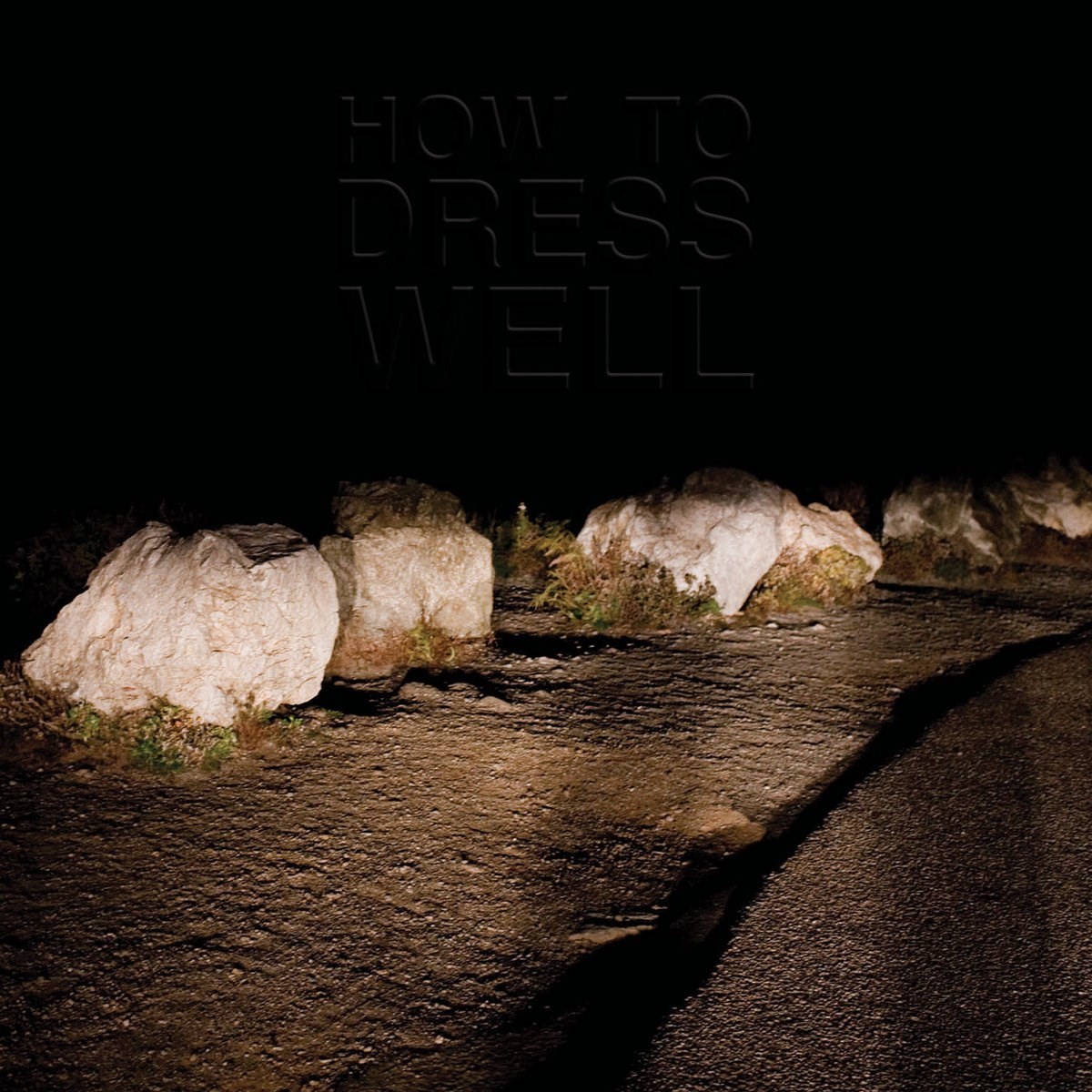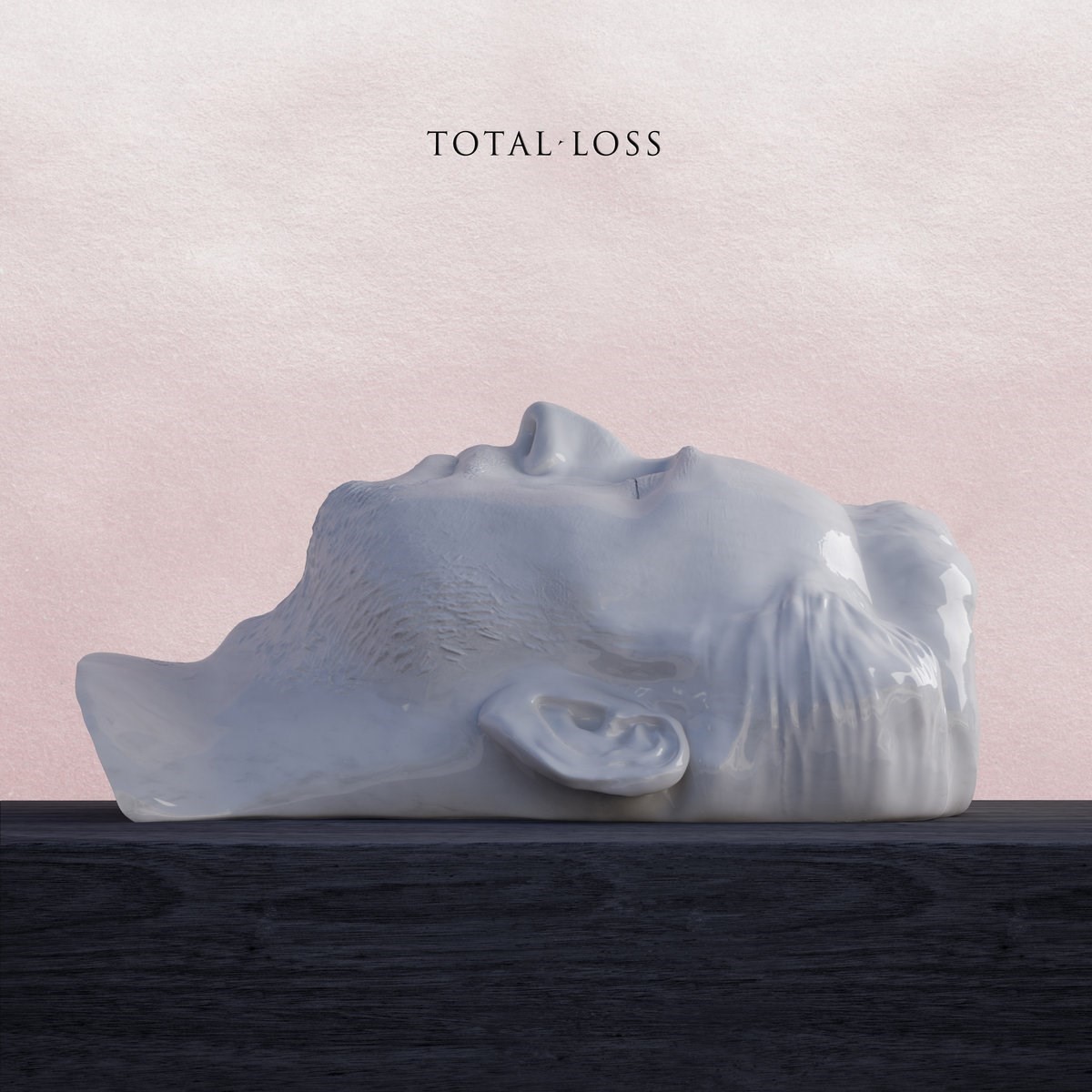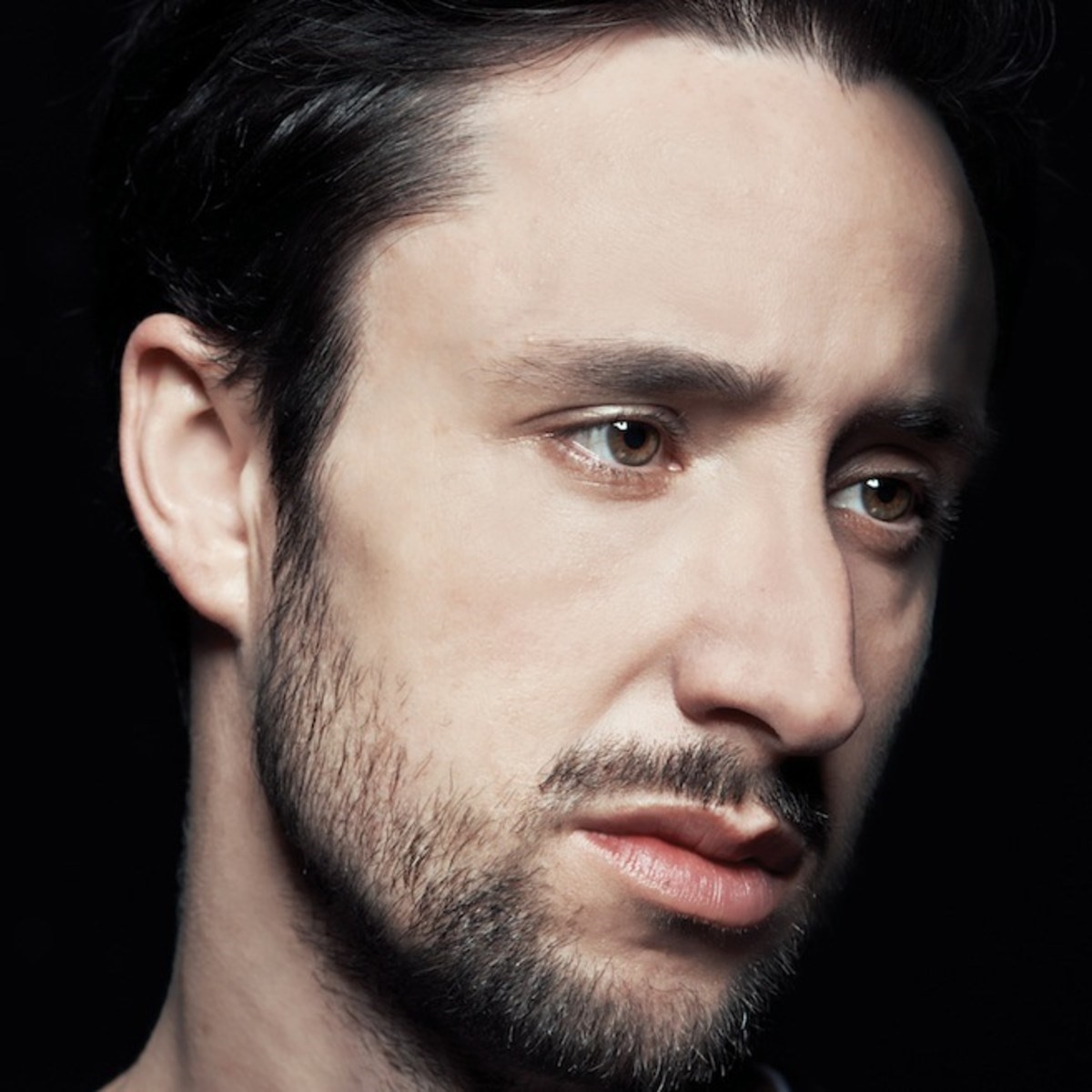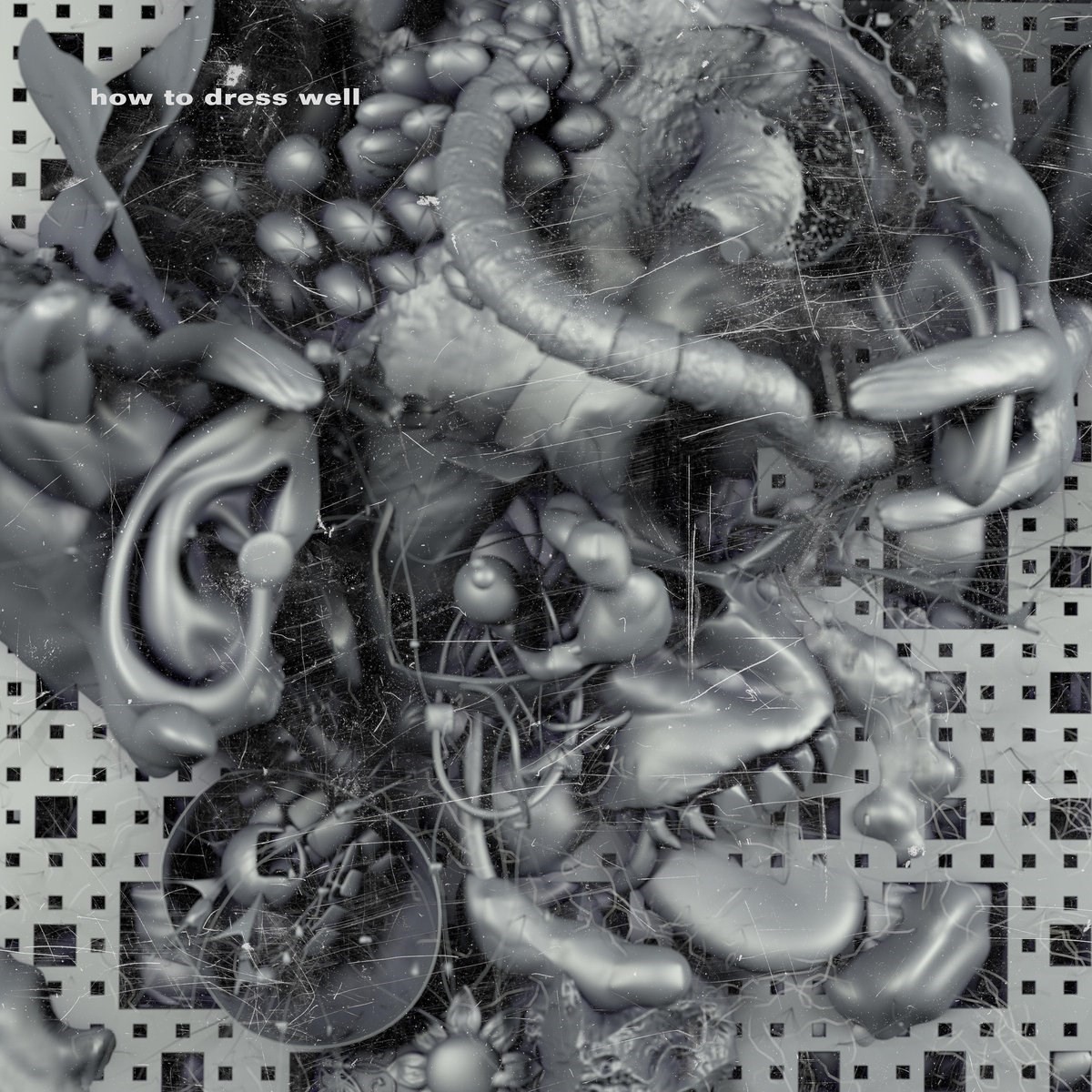The Inside Story of How To Dress Well’s Music, as Told by How To Dress Well
In the wake of his latest album, Anteroom, Colorado-born singer-songwriter and producer Tom Krell pens a chronology of his music
Working under the moniker of How To Dress Well, Tom Krell has spent the last eight years crafting deeply heartfelt sounds which dance between the genres of alternative R&B and electronic music. In the wake of his latest album, The Anteroom, the Colorado-born singer-songwriter and producer pens a chronology of his music, exclusively for Another Man – starting from his melancholic first record, Love Remains, to his latest, which he describes as his “most intense” to date. Regaling the story behind each album, Krell lifts the lid on his working process, offering us an insight into his inner world.
2010: Love Remains
After completing an MA in philosophy at the New School for Social Research, I took a fellowship at the Universität Bonn in 2009 in the Lehrstuhl für Neuzeitlich Erkenntnistheorie und Zeitgenössische Philosophie. Living in Köln, I self-produced this very moody, impressionistic record. I wouldn’t have made this record without the influence of Burial. I was also listening to Going Places by Yellow Swans, Love vs. Money by The-Dream, and all things Grouper. I recorded this album at night, often on the edge of sleep and at the edge of dawn. I felt really free and like I was discovering something within me I had never known before.

2012: Total Loss
I moved back to the US, to Chicago, to do a PhD at DePaul University (where I’m now ABD). I made this record after the death of my best friend. Wrote it over a year, recorded in three weeks in London with Rodaidh McDonald. I toured this record as a duo with my friend Aaron Read, which was just a true joy. I wanted to mix Velvet Rope Janet with pastoral Hyperballad Björk, all under a deep ambient blanket. This record – especially a song like Set It Right – taught me how important autobiography and confessional openness was to my practice. It was also the first time I worked collaboratively and I really love the work I got to do, not only with Rodaidh, but also with Forest Swords.

2014: What Is This Heart?
Living in Berlin for eight months, I wrote this record and invited Rodaidh to come to stay in the city for a month to do the recording. We launched What Is This Heart? with a theatrical performance of the same name in Berlin. Rearranged for a five-woman orchestral ensemble and with five dancers (choreographed by Brendan Fernandes and I), I presented a piece about generosity, community formation, and the inter-human dimension revealed by the cry for help. The dance was impressionistic, energetically and empathically focused, and spiritually intense, with Fernandes spontaneously teaching the other dancers a language of motion which live on stage auto-organised in different acts: dancers carrying one another, dancers building small monuments to one another, to the musicians, to the audience’s gaze. This was an exceptionally beautiful event, at the amazing Berliner Festspiele, with costumes designed by Eckhaus Latta and 10,000 fresh-cut flowers, which the performers gave to one another and to everyone in attendance.
This record is a kind of pop compendium, so many different genres and vibes. I was listening to Everything But The Girl a lot but also Rihanna and Lou Reed. I felt like trying a bit of everything to see if I was strong enough to unify everything aesthetically. Some truly amazing collaborations on this one for me: CFCF, Lorenzo Senni, Jefre Cantu-Ledesma, and Nick Szczepanik.

2016: Care
This record was deeply inspired by Bruce Hornsby, Celine Dion, Michael Jackson, and 1989. I was deeply feeling the optimism of pop and experimenting with antidepressants when I made the work. Half a year after Care I devised an installation project in collaboration with 3D animator Jason Ebeyer for a song from Care called Anxious: this song was my attempt to render in bubblegum pop form some of the thoughts from the Institute for Precarious Consciousness’ manifesto We Are All Very Anxious. I had Jason animate several scenes I wrote about psychological life under contemporary informatic capitalism, about living within technological surveillance apparatuses, which are enforced both personally and interpersonally and by the state. The music video is made up of seven different scenes, but instead of simply releasing the music video, I installed the seven scenes on seven large screens forming a circle, essentially a small enclosure. For each scene, I designed original music and sound, which was mixed in 7.1 stereo in the enclosure. Additionally, I collaborated with novelist Alexandra Kleeman on a series of seven aphorisms which captured our anxious lives in variously surreal and harrowing ways; her novel You Too Can Have A Body Like Mine is amazing, like Delillo but from a femme phenomenology – brilliant and intense.
So, over 30 minutes within the enclosure, the seven uncanny scenes, the seven aphorisms, and the seven new pieces of sound design played. Initially, the pieces appeared one by one, each video accompanied by a single aphorism on an adjacent screen, with sound coming from the same location in the space as the video. Then, the work became progressively more intense and disorienting, with the sound, video, and text appearing all around, flickering and strobing aggressively, becoming deeply disorienting. At the 30 minute mark, at the peak of this disorientation, the A/V within the enclosure stops, and the video for the complete bubblegum song plays in full on a large cinema screen outside the enclosure. After this installation ran twice, I spoke with Alex in front of the crowd, and then presented an original, improvised piece of music. I read the entirety of the manifesto We Are All Very Anxious and performed a piece I wrote for 18 players: a six-person choir, six string players, and six different synth/noise artists. Each artist was given a specific sound to manipulate on specific cues from within my reading, producing a spontaneous piece of collaborative work – the piece, structured around a propulsive 4-4 kick drum, lasted about 40 minutes. The result was a beautiful soaring and droning techno piece, functionally scoring a public reading of a political-economic and philosophical text about the “public secret” of our time: that we are all very anxious and that this is a consequence of 21st century techno-capitalism and its incessant decimation of community and communal life. The show felt very bold– this night was a huge success and inspiration for me and really launched me into a new phase of my artwork.

2018: The Anteroom
I know it is insane to say this at the end of an eight-year chronology, but in the last 18 months I feel like my art practice and my life have come together for the first time. I guess it’s because, after Care, when I was asked to play more shows, I did so either with my friend Ben Babbitt or solo: I began in this process to design a new production toolkit and a new set of sounds, which I then used to make my new record. I began to focus with deep intensity on writing poetry again – and this record features, to my mind, my most profound lyrical work. I was feeling extremely present and focused, but also deeply cosmically confused and psychologically MANGLED.
This is my most sonically, biographically and conceptually detailed and intense record to date. It was truly powerful and transformative to make and I hope it feels that way when you.
Listen to it. I made this record with friends and loved ones – Joel Ford, Ben Babbitt, and CFCF – working in LA at a studio Joel built in a garage near my home. I was listening to Posh Isolation stuff, Coil, Digital Hardcore stuff, Aphex, and Neil Lamdstrumm. I was also DEEPLY into Burial again. The first piece of art I leaked from the record featured an experimental digital film I made with my friend Joshua Clancy, with whom I also collaborated for the album art; we have an enormous amount of work from this project, including a physical book, which we’ve presented digitally here. Josh and I also created a VR cave for Oculus Rift, in which we did a bunch of cave paintings – a hyper-Lascaux at the end of the world. We ended up generating the deluxe LP art from this work, but it would be AMAZING to install the cave somewhere and do a performance piece/lecture alongside it about the meaning of the work: connecting the origin of religious-artistic humanity, the birth of our being, with our current lives under the threat of species extinction.
Furthermore, about a year ago I became friends with artist and NOH/WAVE gallery owner Justin Hopkins. I had written treatments for three music videos and a rough sketch of an A/V live performance for tour. Together, with help from some LA-based friends I invited to collaborate (Crashoverride, Cloaking, Sarah Sitkin, Kim Kei, James Mountford, Yoshino, and Stephanie Hanes), Justin and I have made the videos for Hunger, Body Fat and the forthcoming video for Vacant Boat, as well as producing 60 minutes of original experimental film for my live performance; here is a taste. Justin and I have SO much more work to share!
The Anteroom really feels like a new chapter to me and I’m super excited about this year!

The Anteroom is out now via Domino Recording












